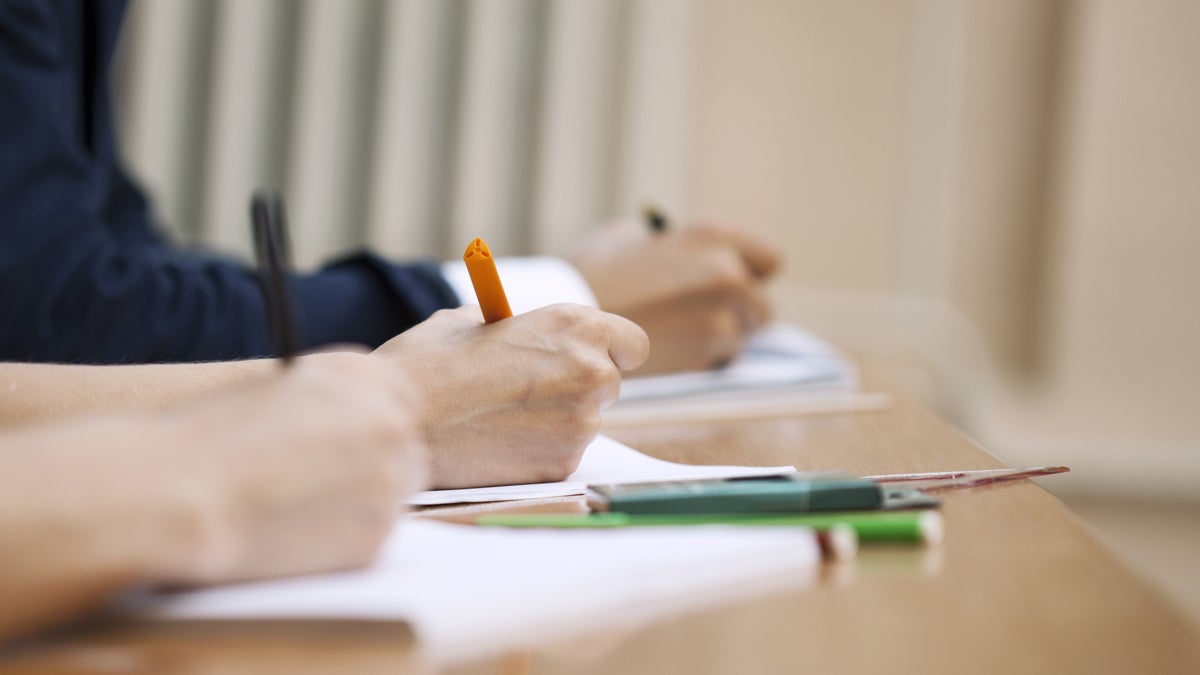Students learn more taking notes with pen and paper than on laptops

(Note-taking image courtesy of Shutterstock.com)
Have you ditched your spiral bound notebook for an iPad? If you’re still in school, you might want to reconsider. According to a new study published in the journal Psychological Science by researchers at Princeton University, the best way to take notes requires minimal technology.
The typical complaint from college professors staring into a sea of laptops during class is that their students aren’t paying attention — they’re checking Facebook or chatting with their friends. But what if tapping lecture notes out on a keyboard is simply inferior to good old pen and paper?
Princeton psychology grad student Pam Mueller decided to find out after one day when she didn’t bring her computer to the class she was assisting, and realized she got much more out of the lecture with just a notebook.
Along with study co-author Daniel Oppenheimer of UCLA, she proceeded to test the note-taking methods in parallel by quizzing students about TED talks they had viewed.
“There was no difference for factual questions — students did equally well,” Mueller said. “But on conceptual questions that required more understanding of what the material in the lecture was saying, the students who took longhand notes did significantly better.”
The effect persisted even after waiting a week and then letting students study their notes.
“Even though they had a lot of content in their notes, the underlying concepts weren’t coming back to them,” she said. “It seems like if they didn’t process it when it was presented to them, they had a really hard time making sense of it later.”
The poor performance of the laptop users may be because their notes were more often transcripts of the lectures — a type of note-taking that doesn’t require students to mentally process the information.
Mueller knows it will be tough to get kids to go back to their parents’ way of note-taking, but she adds that even when the team instructed students not to take verbatim notes with their computers, they couldn’t help themselves.
As a result, short of figuring out how to get typists to synthesize concepts while taking notes, the easiest thing may be to embrace the power of the pen.
WHYY is your source for fact-based, in-depth journalism and information. As a nonprofit organization, we rely on financial support from readers like you. Please give today.

